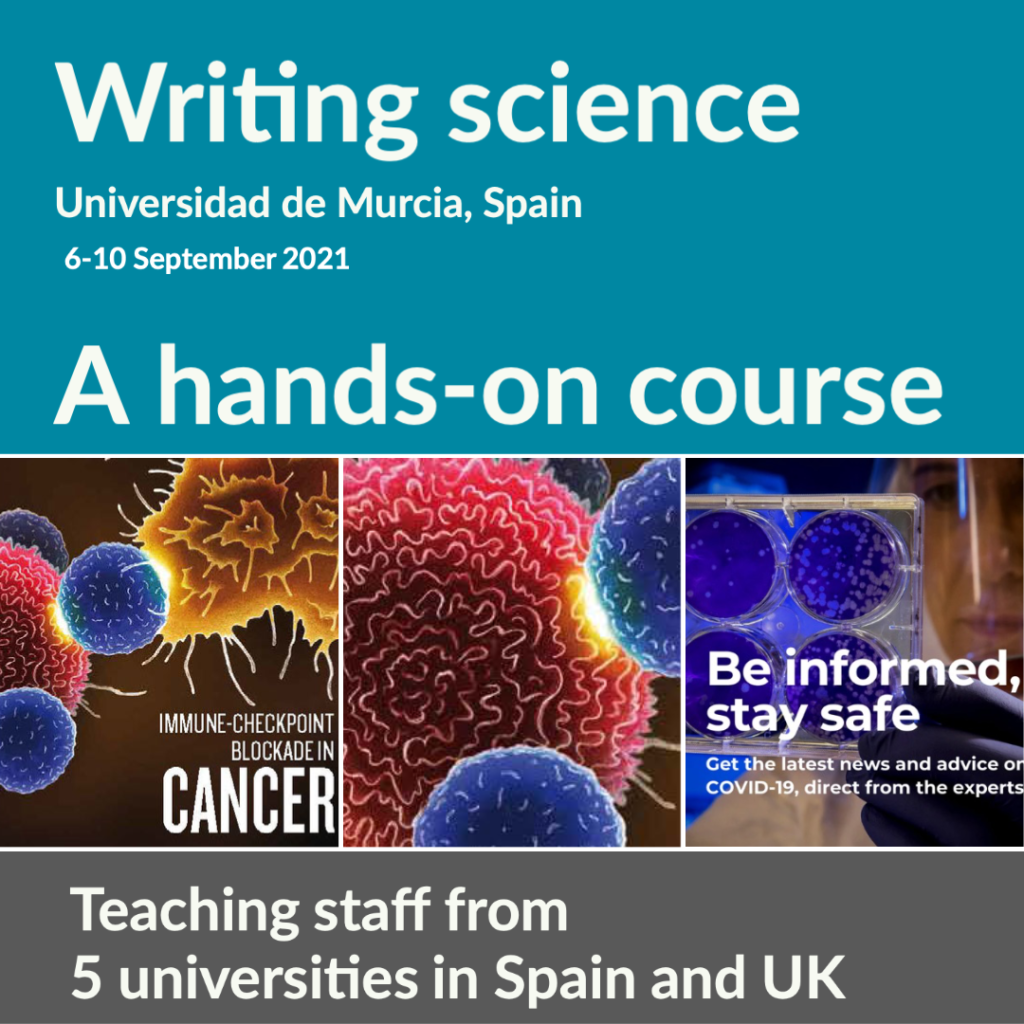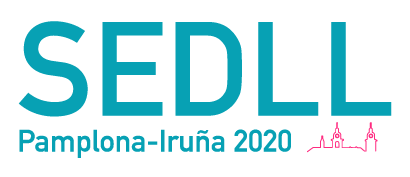Approaches to migration, language and identity 2020 AMLI Conference (www)
University of Sussex, Wednesday 9 – Friday 11 June 2021
Pascual Pérez-Paredes & Elena Remigi
Universidad de Murcia / The In Limbo Project
When?
Thursday June 10, Panel A: Foregrounding migrant perspectives 11:25 UK time
Abstract
Since January 2021, UK and EU citizens can no longer exercise freedom of movement between the two areas. EU, EEA or Swiss citizens living in the UK before 31 December 2020 have been forced to apply to the EU Settlement Scheme to continue living in the UK. In practical terms, EU citizens have become a new migrant community. The 2016 Brexit referendum started a period of uncertainty,
agony and frustration for both EU citizens in the UK and UK citizens in the EU that ended with the trade deal that the EU and the UK made public on 24 December 2020. The anger, the sense of betrayal (Bueltmann, 2020) and various mental health issues (Reimer, 2018; Bueltmann, 2020), however, linger on. This study uses a corpus of 200 testimonies from EU citizens in the UK to explore their feelings and reactions to Brexit and the hostile environment (Leudar et al., 2008) that emerged soon after the referendum. The In Limbo corpus of testimonies contains personal accounts by EU citizens living in Britain from 2017 until 2020. It has 81,000 tokens and 7,600 types. The collection of the data was organised by volunteers on a not-for-profit basis. The testimonies in Remigi, E., Martin, V., & Sykes
(2020) were chosen as the basis of our corpus.
We used keyword (Baker, 2006; Baker et al., 2008) and collocation (Baker, 2006; Pérez-Paredes, Aguado & Sánchez, 2017; Pérez-Paredes, 2020) analyses to explore the self-representation of EU citizens across four emerging areas of interest: family life, loss of identity, feeling unwelcome and representations of post-Brexit Britain, including discourses about settled status and Britishness. In
order to moderate the impact of Brexit-as-a-topic in the analysis of the narratives, we used two reference corpora in our study: the Brexit corpus and the enTenTen 2015, both provided through Sketch Engine. We used Wodak’s (2001) framework of analysis of representation strategies to pin down our discussion of the discourses emerging in the testimonies. Two strategies appear to be relevant in the context of our data: predication and perspectivation. The former is used mainly when expressing feelings about the UK while the latter are crucial to deliver the narratives
discursively. While our research confirms some of the conclusions in the survey conducted by Bueltmann (2020), the combination of corpus-based CDA methods and the rich data provided through these narratives open up further understanding of the discursive strategies used by EU citizens when resisting the anti-EU environment that was unleashed in the wake of Brexit. Our analysis provides an alternative representation of the consequences and impact of Brexit on EU migrants that is in contrast with the recent triumphalist discourse of the Tory government that misrepresents EU citizens as happily embracing the settled status scheme.
Keywords: Brexit, EU citizens, migrants, keyword analysis, representation strategies
Download the top 100 multiword key terms from the In Limbo corpus.

